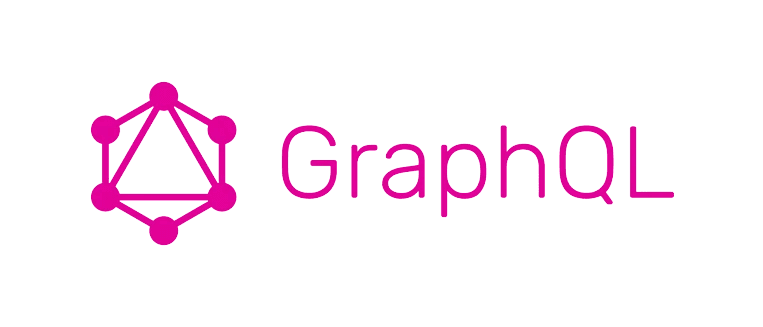GraphQL

What is GraphQL?
Definition:
GraphQL (Graph Query Language) as you may have guessed from the hint in parentheses, is a Query Language, specifically for APIs. A query language is a method of communication for the retrieval of information from a database. In other words, GraphQL allows you to transfer information from a server to a front.
Analogy:
GraphQL is like an a la carte menu at a restaurant.
Imagine that you are at a restaurant and you want to order food. The menu represents the API, and the dishes on the menu represent the data that is available to you through the API. With a traditional API, you might have to order a set meal with a fixed set of items, similar to how you would order a prix fixe menu at a restaurant. The items on the prix fixe menu are predetermined by the chef and you don't have much control over what you get.
With GraphQL, it's like you can order a la carte. You can specify exactly which items you want and how you want them prepared, and the kitchen will prepare your order exactly to your specifications.
You have more control over what you receive and you only get what you need, rather than getting a set of items that you may not want or need.
In other words:
GraphQL is a query language and server-side runtime for application programming interfaces (APIs) that prioritizes giving clients exactly the data they request and no more. GraphQL is designed to make APIs fast, flexible, and developer-friendly.
Why is GraphQL important?
It's one thing to know what GraphQL is, but that is worthless if you don't know why you should know what GraphQL is in the first place. Let's break down the importance of this tech term based on two high level categories. We'll walk through an explanation as well as provide a score, 1-10, that shows you how much you should care about GraphQL.
Pre-Product: 2/10
The first will be if you do not have a product yet. This means that you don't have a physical product. Maybe you're in the ideation phase, or maybe you're almost ready to start development. Whichever it is, we'll get into why GraphQL is important and why you should or shouldn't care about it if you do not have a product.
If you don't have a product then you don't really need to worry too much about GraphQL or what API technologies you plan on using.
Live-Product: 6/10
The second category is if you do have a live product. Maybe you just launched your business or maybe it's been live for years and you're continuing to improve its quality. Regardless of the scenario, if your product is live, GraphQL carries a different weight.
If you're looking to leverage APIs within your application, then be sure to speak with your developer about whether GraphQL is the right API of choice for you.
Examples of GraphQL
So you know what GraphQL is, by definition. You know if you should care about it or not depending on your situation as a business/company/product. To dig in deeper, we will walk through five examples so we can make sure you really have a solid grasp on GraphQL.
- Retrieving data from a server: GraphQL can be used to retrieve data from a server and pass it to a client. For example, a mobile app might use GraphQL to request data about a particular product from a server, and the server would return the requested data in the GraphQL response.
- Modifying data on a server: GraphQL can also be used to modify data on a server. For example, a client might use GraphQL to send a mutation (a write operation) to a server to create a new product, update an existing product, or delete a product.
- Real-time updates: GraphQL can be used to enable real-time updates in an application. For example, if multiple clients are connected to a server and one client modifies some data, the server can use GraphQL to push the updated data to the other clients in real time, so that they all have access to the most up-to-date information.
- Combining data from multiple sources: GraphQL can be used to request and combine data from multiple sources into a single response. This can be particularly useful in micro-service architectures, where different parts of an application might be powered by separate services, each with their own API.
- API aggregation: GraphQL can be used to build an API layer on top of multiple underlying APIs. This can be useful in situations where you want to provide a single API to clients, but the data that you need to fulfill the requests might be scattered across multiple different sources. By using GraphQL to aggregate the data from these different sources, you can present a unified API to clients that hides the complexity of the underlying systems.
Key Takeaways:
- GraphQL (Graph Query Language) is a Query Language specifically for APIs.
- If you don't have a product, don't worry too much about this term.
- If you do have a product, talk to your developers to see if you should be using GraphQL for your APIs.
- There are many use-cases for GraphQL, including: retrieving data, modifying data, real-time data updates, combining data from multiple sources, and aggregating APIs.

